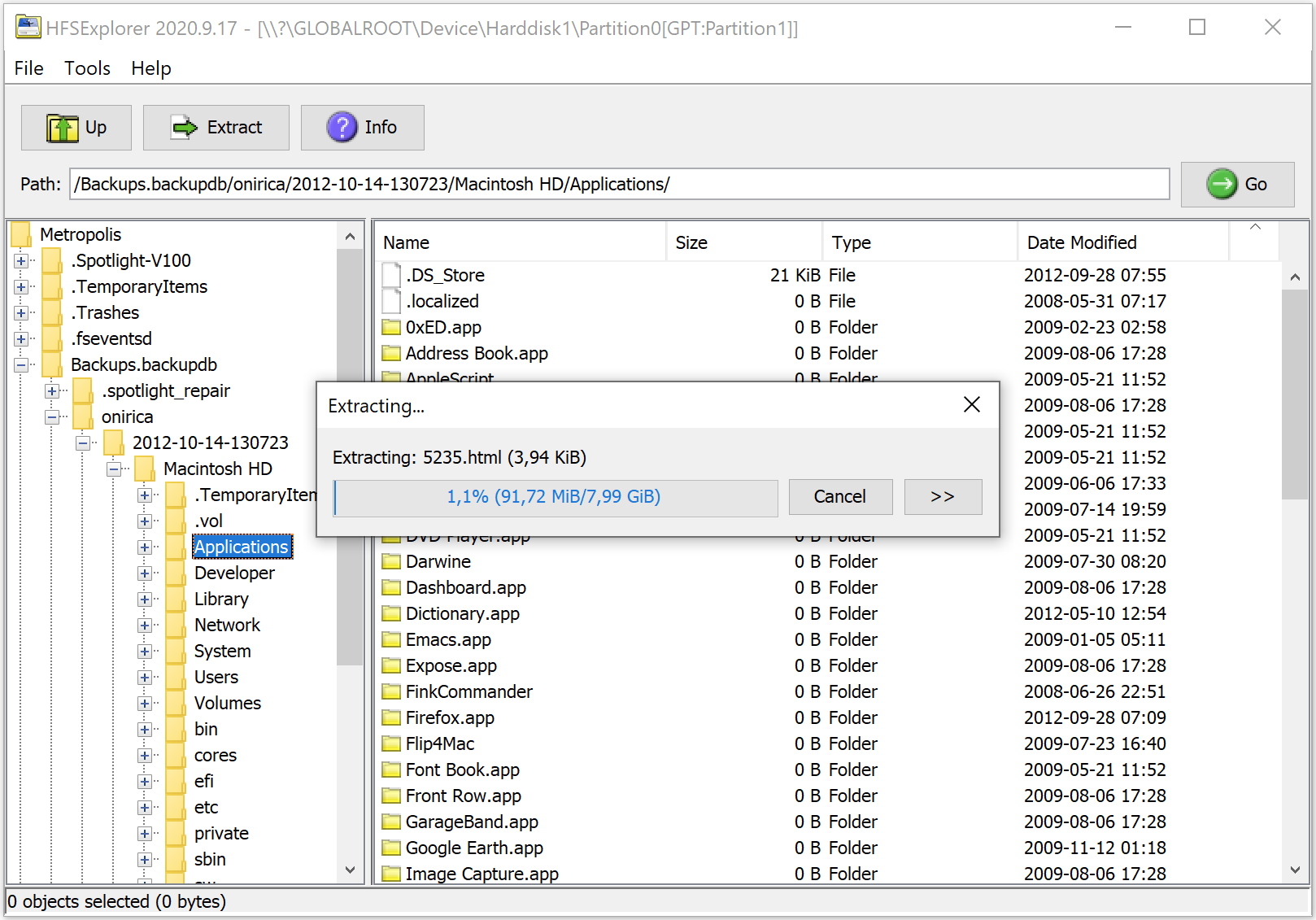osTicket ‘Access denied’ after upgrade to 1.9.14
After uploading/copying the files from the upload directory to a osTicket installation in order to upgrade it to osTicket 1.9.14, I got the error message ‘Access denied’ when trying to login as administrator to finalize the upgrade. Deleting the osTicket session cookie did not help either.
It turned out that the problem was that all files in the distribution ZIP-file had file permission ‘000’ causing the trouble. A ls -l looked like this:
---------- 1 webNNN clientX 5162 jun 11 18:22 login.php
---------- 1 webNNN clientX 980 jun 11 18:22 logo.php
---------- 1 webNNN clientX 714 jun 11 18:22 logout.php
---------- 1 webNNN clientX 1584 jun 11 18:22 main.inc.php
---------- 1 webNNN clientX 930 jun 11 18:22 offline.php
---------- 1 webNNN clientX 2830 jun 11 18:22 open.php
A simple fix was needed. Make sure you are in the upload folder of the unpacked distribution zip when you do this:
chmod 644 `find . -type f -print`


